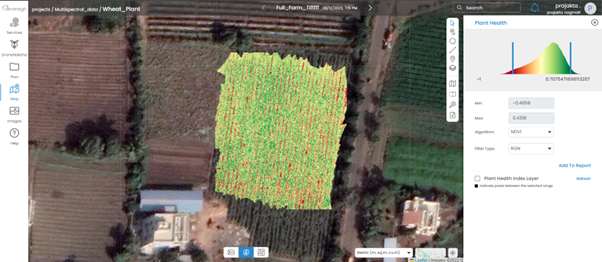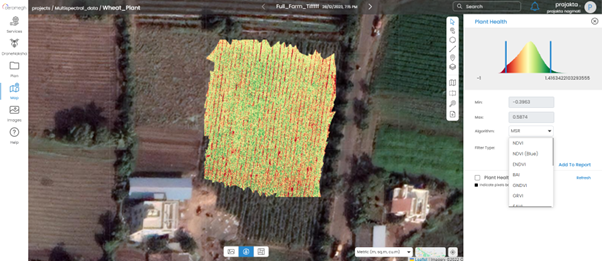PicStork Super 30 Challenge
Title: Helping Indian Farmers Protect Wheat Crops with Special Technology
In the big wheat fields of India, farmers work hard to grow healthy crops. But sometimes, things get tough. Weather changes suddenly, and diseases can hurt the crops. This affects the farmers who depend on their wheat for a living.
Wheat farming in India is super important, but it’s not easy. Diseases like rust and blights can harm the crops and make it harder for farmers to earn money.
Luckily, there something called the “Wheat Guardian.” It’s more than just technology; it’s a way to help these farmers understand their crops better and protect them from problems.
One helpful tool in the Wheat Guardian is NDVI, or Normalized Difference Vegetation Index. NDVI is like a special pair of glasses that let farmers see how healthy their crops are in a new way.
Here an easy way to think about it: NDVI is like a health check-up for the wheat fields. Just like how a doctor checks a patient’s health, NDVI looks at data from the fields to tell farmers if their plants are healthy or if there might be some problems.
Imagine NDVI as a traffic light. Green means the plants are healthy, yellow means there might be a small issue, and red means there a big problem that needs fixing fast. This helps farmers understand where there might be troubles in their fields so they can fix them before it’s too late.
The Wheat Guardian and NDVI are like friends to these farmers. They help by giving them tools to protect their crops. When farmers understand what’s happening in their fields using NDVI, they can make good decisions, fix problems early, and take care of their fields better. This way, the beautiful golden wheat fields in India can keep growing strong, even when things get tough.


